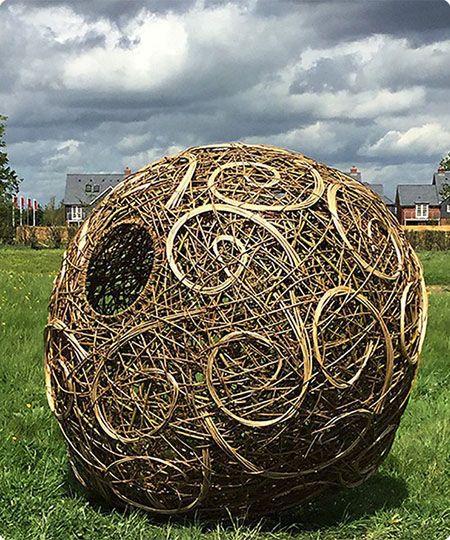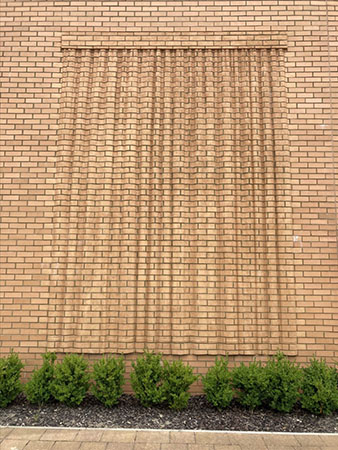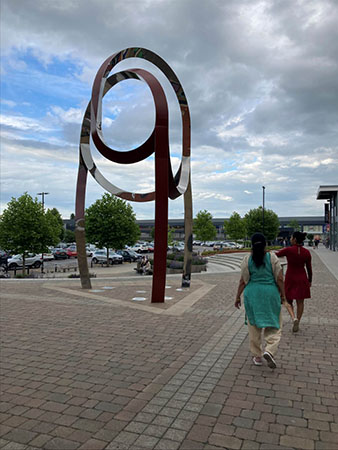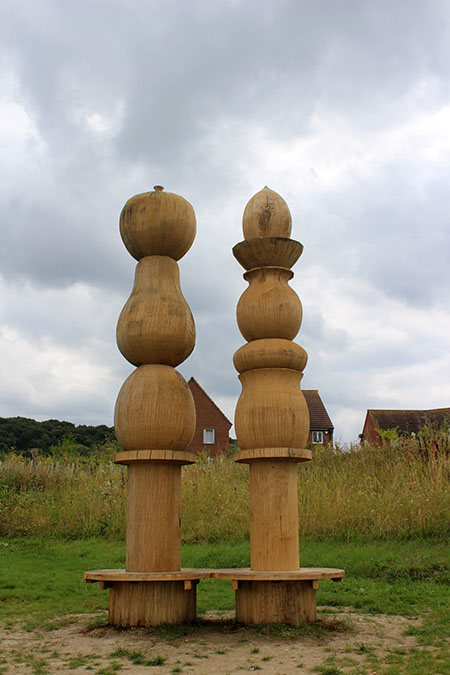Inform your design:
Public engagement
Design competitions
p75. Public art needs to be taken into consideration at the outset of the design process, be of local relevance/significance to ensure it makes a valuable contribution to the character and success of a development. Public art is art for the public specifically designed by artists for the purpose of public display (i.e. it is beyond the artist’s work merely shown in public spaces). Public art is always site-specific and can take many forms that may include sculptures, fencing, paving, (this is covered under street furniture), street furniture, mosaics, glass work, flooring, lighting gateways or even community events.
p76. Public art provides a great mechanism for leisure and planning to meet the broader Council’s corporate objectives. Public art features can be accepted as part of aplanning application or worked as a project within the design and build of a scheme,sometimes secured via Section 106 or through Community Infrastructure Contributions(CIL), or incorporated within a planning application.
Public engagement
Design competitions
Show the evolution of your design from initial concept to final design
Design Council Artists and Places (2008)
Association for Public Art
Public Art online




Ensure the scheme, or public art in any new development:
Note: All design principles are applicable to all scales of development unless otherwise specified; *minor applications, **major applications